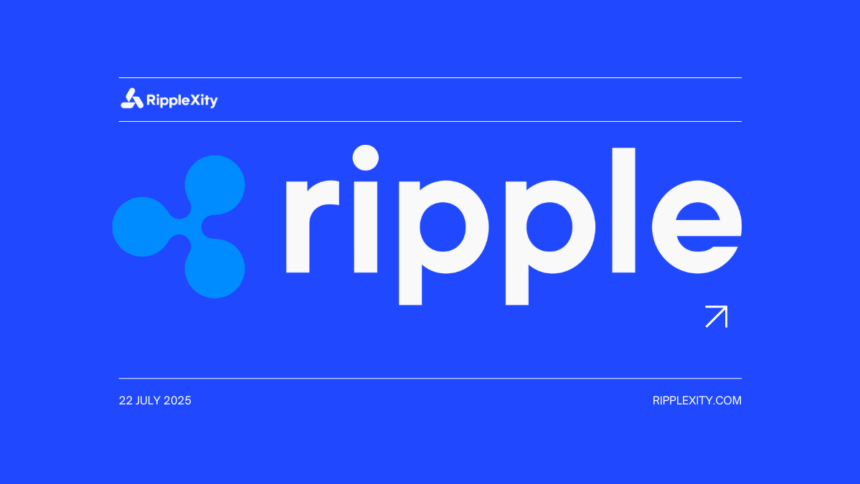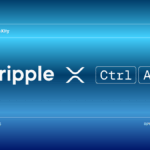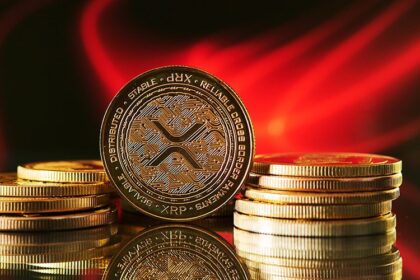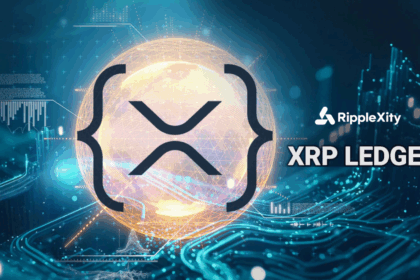The U.S. crypto landscape just shifted: President Donald Trump signed the GENIUS Act into law last Friday, marking a major milestone for the industry. For XRP investors, the new law offers opportunity—but also a dose of reality.
RLUSD and the Stablecoin Race
At its core, the GENIUS Act sets a clear regulatory framework for stablecoins, giving major players like Ripple, Circle (USDC), and Tether (USDT) a green light to expand. Ripple’s RLUSD is now better positioned to compete head-to-head with these industry giants, especially for institutional adoption in the U.S.
“Ripple can now become a native, on-shore liquidity provider in the U.S.,” says Yuri Brisov, partner at Digital & Analogue Partners. This means Ripple could take on USDC and even PayPal USD directly, strengthening its role as a backbone of U.S. digital finance.
But What About XRP?
Despite these big changes, the GENIUS Act isn’t expected to trigger a major price rally for XRP itself. RLUSD transactions do burn small amounts of XRP as network fees, but with over 59 billion XRP in circulation, the effect is tiny. Since launch, just 14 million XRP have been burned—barely a blip.
Ripple CTO David Schwartz has already set expectations, noting that burned XRP isn’t likely to meaningfully impact supply any time soon.
Legal Uncertainty Still Lingers
The elephant in the room remains the ongoing SEC vs. Ripple lawsuit. Right now, XRP isn’t considered a security when sold on exchanges, but could be viewed as one in certain institutional deals. This gray area means XRP’s full regulatory status is still up in the air.
To navigate this, Ripple can now lean more on RLUSD, reducing its exposure to regulatory risk—without giving up on the core XRP Ledger technology.
Bottom Line
The GENIUS Act is a game-changer for Ripple’s stablecoin ambitions, but its direct impact on XRP’s price is limited for now. The real breakthrough for XRP holders could come if regulatory clarity finally arrives—unlocking the next chapter for Ripple and its ecosystem.










